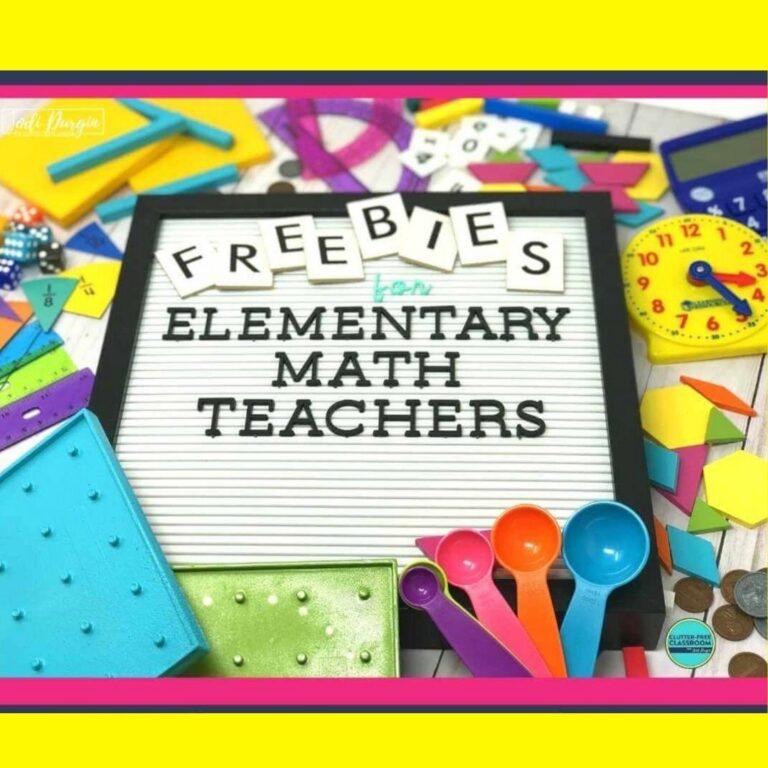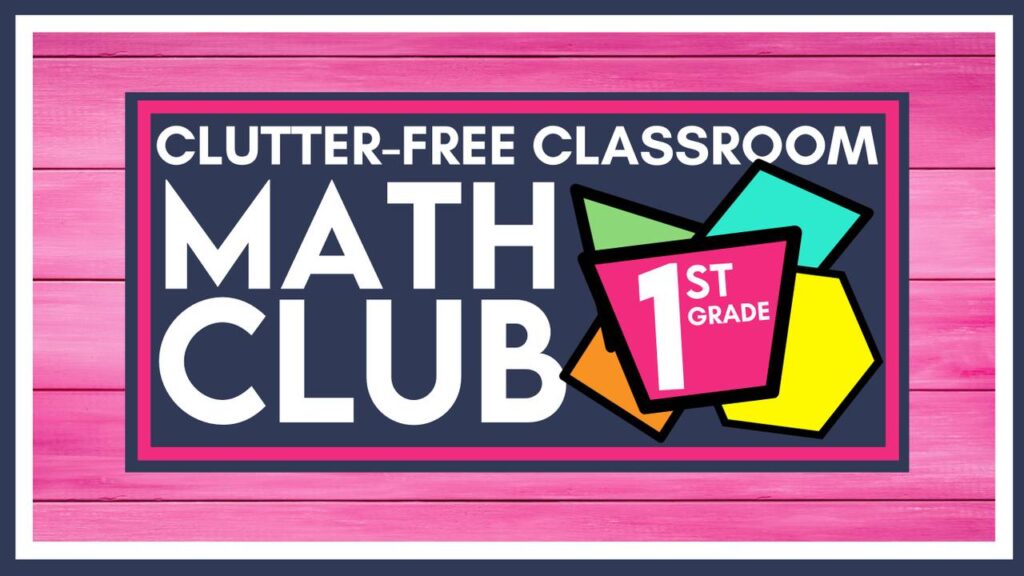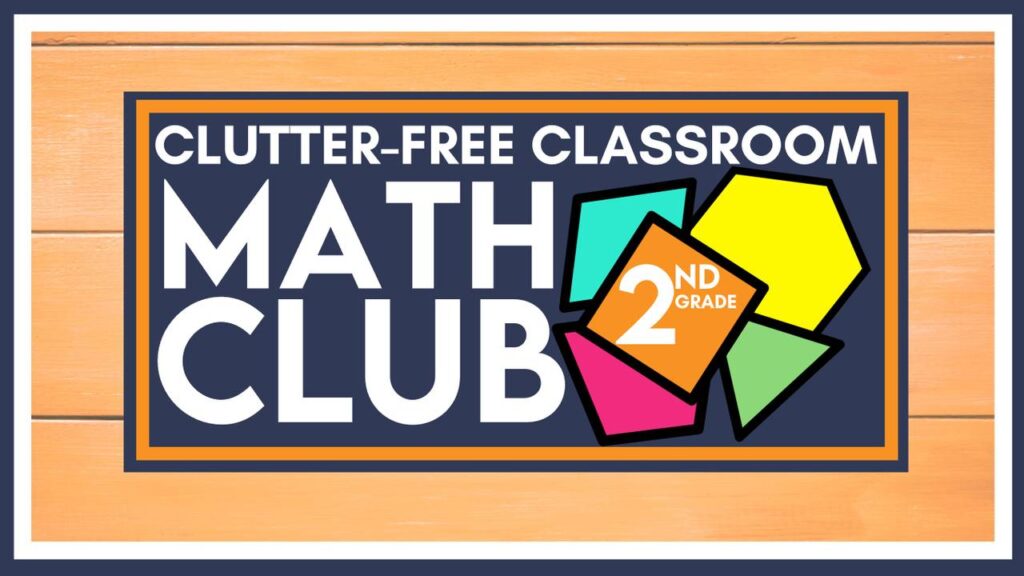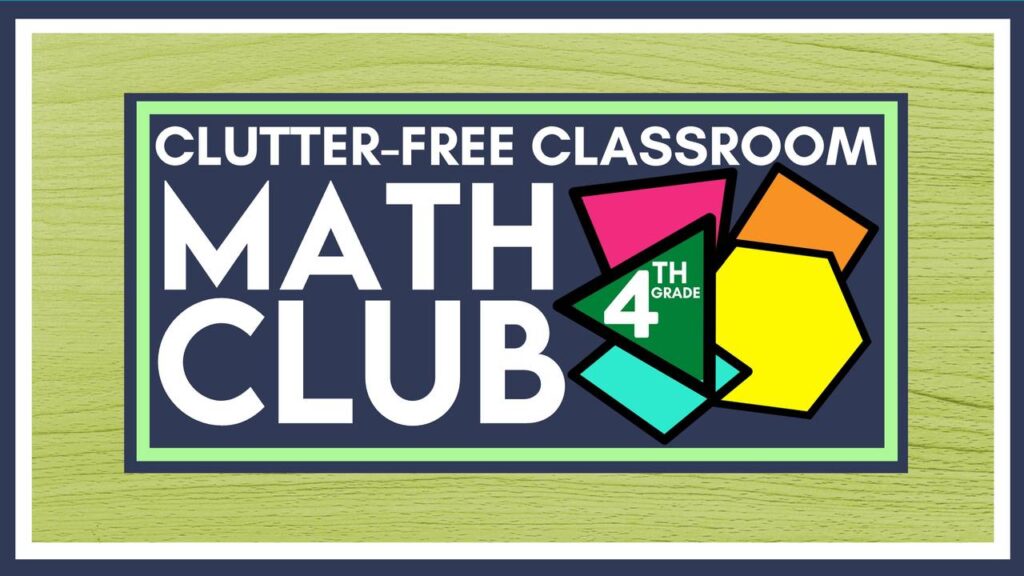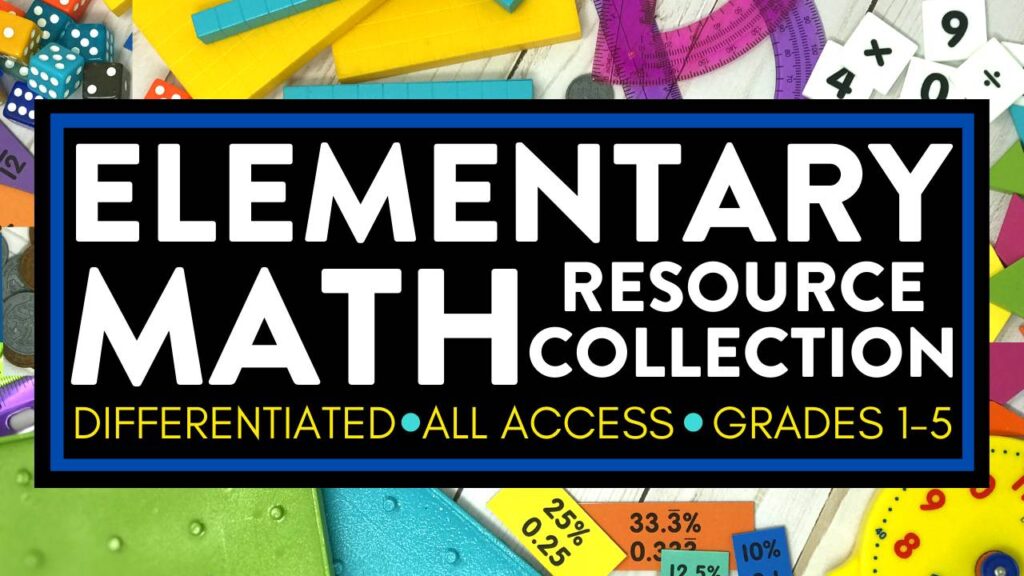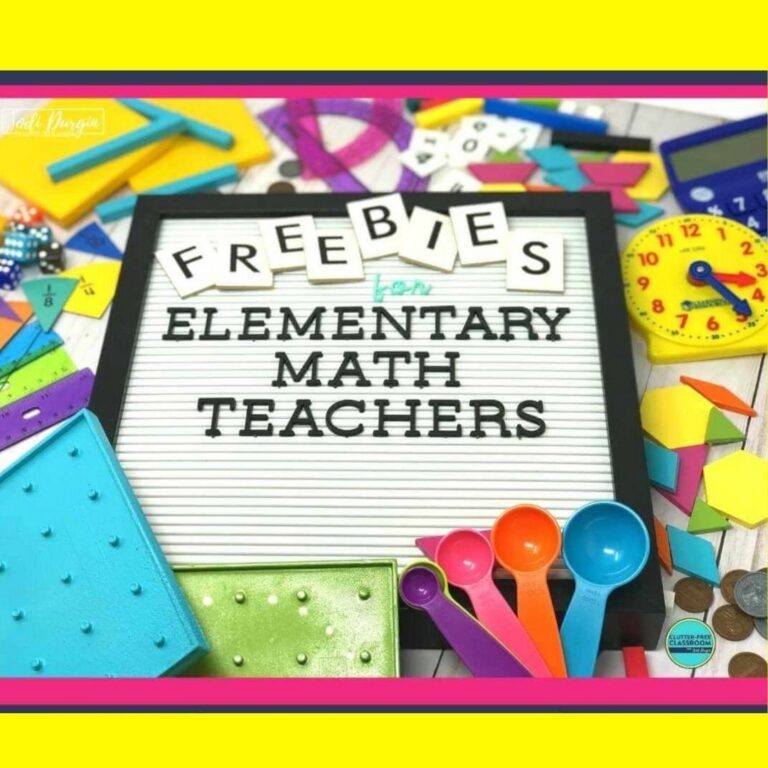If you are an elementary teacher looking for tips and ideas for how to teach 2D Shapes, then you found the right place! Learn what 2D Shapes are, why it’s important, what your students need to know, and get 5 helpful tips for teaching it in a fun and engaging way. Read all about teaching 2D Shapes below!
What are 2D Shapes?
2D Shapes are flat shapes that have only two dimensions – length and width, with no thickness or depth. Students will learn how to recognize, draw, compose, classify, sort, and identify two-dimensional shapes.
Why are 2D Shapes Important?
It is important for students to learn 2D Shapes because geometry helps us better understand the world around us. Knowledge of 2D shapes helps us problem solve, read and write numbers and understand further geometric concepts.
What 2D Shapes Skills Do Students Need to Know?
Below are the Common Core and TEKs standards that relate to 2D Shapes that define what students should be able to do by the end of the school year.
Common Core Standards
Below are the CCSS standards related to teaching 2D shapes.
1st Grade
- Distinguish between defining attributes (e.g., triangles are closed and three-sided) versus non-defining attributes (e.g., color, orientation, overall size); build and draw shapes to possess defining attributes. (1.G.A.1)
- Compose two-dimensional shapes (rectangles, squares, trapezoids, triangles, half-circles, and quarter-circles) or three-dimensional shapes (cubes, right rectangular prisms, right circular cones, and right circular cylinders) to create a composite shape, and compose new shapes from the composite shape. (1.G.A.2)
2nd Grade
- Recognize and draw shapes having specified attributes, such as a given number of angles or a given number of equal faces. Identify triangles, quadrilaterals, pentagons, hexagons, and cubes. (2.G.A.1)
3rd Grade
- Understand that shapes in different categories (e.g., rhombuses, rectangles, and others) may share attributes (e.g., having four sides), and that the shared attributes can define a larger category (e.g., quadrilaterals). Recognize rhombuses, rectangles, and squares as examples of quadrilaterals, and draw examples of quadrilaterals that do not belong to any of these subcategories. (3.G.A.1)
4th Grade
- Draw points, lines, line segments, rays, angles (right, acute, obtuse), and perpendicular and parallel lines. Identify these in two-dimensional figures. (4.G.A.1)
- Classify two-dimensional figures based on the presence or absence of parallel or perpendicular lines, or the presence or absence of angles of a specified size. Recognize right triangles as a category, and identify right triangles. (4.G.A.2)
5th Grade
- Understand that attributes belonging to a category of two-dimensional figures also belong to all subcategories of that category. For example, all rectangles have four right angles and squares are rectangles, so all squares have four right angles. (5.G.B.3)
- Classify two-dimensional figures in a hierarchy based on properties. (5.G.B.4)
TEKS
Below are the TEKS standards related to teaching 2D shapes.
1st Grade
- Classify and sort regular and irregular two-dimensional shapes based on attributes. (1.6A)
- Distinguish between attributes that define a 2D or 3D figure and attributes that don’t. (1.6B)
- Create two-dimensional figures (circles, triangles, rectangles, and squares, rhombuses, and hexagons). (1.6C)
- Identify two-dimensional shapes, including circles, triangles, rectangles, and squares, as special rectangles, rhombuses, and hexagons and describe their attributes using formal geometric language. (1.6D)
- Identify three-dimensional solids (spheres, cones, cylinders, rectangular prisms (including cubes), and triangular prisms) and describe their attributes using formal geometric language. (1.6E)
- Compose two-dimensional shapes by joining two, three, or four figures to produce a target shape in more than one way. (1.6F)
2nd Grade
- Create two-dimensional shapes based on given attributes, including number of sides and vertices. (2.8A)
- Classify and sort polygons with 12 or fewer sides according to attributes, including identifying the number of sides and number of vertices. (2.8C)
- Classify and sort three-dimensional solids, including spheres, cones, cylinders, rectangular prisms (including cubes as special rectangular prisms), and triangular prisms, based on attributes using formal geometric language. (2.8B)
- Compose two-dimensional shapes and three-dimensional solids with given properties or attributes. (2.8D)
- Decompose two-dimensional shapes such as cutting out a square from a rectangle, dividing a shape in half, or partitioning a rectangle into identical triangles and identify the resulting geometric parts. (2.8E)
3rd Grade
- Classify and sort two- and three-dimensional figures, including cones, cylinders, spheres, triangular and rectangular prisms, and cubes, based on attributes using formal geometric language. (3.6A)
- Use attributes to recognize rhombuses, parallelograms, trapezoids, rectangles, and squares as examples of quadrilaterals and draw examples of quadrilaterals that do not belong to any of these subcategories. (3.6B)
- Decompose two congruent two-dimensional figures into parts with equal areas and express the area of each part as a unit fraction of the whole and recognize that equal shares of identical wholes need not have the same shape. (3.6E)
4th Grade
- Classify two-dimensional figures based on the presence or absence of parallel or perpendicular lines or the presence or absence of angles of a specified size. (4.6.D)
5th Grade
- Classify two-dimensional figures in a hierarchy of sets and subsets using graphic organizers based on their attributes and properties. (5.5.A)
5 Tips for How to Teach 2D Shapes
Below are 5 helpful tips for teaching 2D Shapes to elementary students.
1. Read Aloud Picture Books that Teach 2D Shapes
Reading aloud picture books is a great way to integrate literacy into your math block and present information in a different way. Our favorite picture books for teaching 2D Shapes are Ship Shapes by Stella Blackstone, Circus Shapes by Stuart J. Murphy and Icky Bug Shapes by Jerry Pallota. Check out the full list of math picture books we recommend!
2. Offer Hands On Learning Experiences
Hands-on math experiences help students make connections, remember their learning, and develop a deep conceptual understanding of the content. You can make any lesson interactive and engaging by offering math manipulatives. Our favorite math manipulatives for teaching 2D Shapes are geometric shapes, pattern blocks and geoboards.
3. Explicitly Teach Related Math Vocabulary
Teaching math vocabulary is essential for all students, but it is especially beneficial for students who speak English as a second language and students with learning differences. Key vocabulary terms for 2D Shapes are geometry, compose, two-dimensional shape, composite shape, attribute, non-defining attribute, defining attribute, regular, irregular, figure, shape, target shape, color, orientation, size, special, rectangle, rectangle, square, circle, triangle, rhombus, hexagon, trapezoid, triangle, half-circle, quarter-circle, properties, angle, face, side, vertice, polygon, quadrilateral, decompose, classify, sort, divide, identify, partition, pentagon and hexagon.
4. Give Students Opportunities to Apply 2D Shapes to the Real World
Learning becomes more meaningful when students understand how it connects to the real world. Students are more engaged and invested in their learning. Some examples of ways we use 2D Shapes in the real world are to plan out venue spaces as event planners, to design houses as architects and create art as a painter. Project based learning and word problems are examples of opportunities for students to apply their learning to real world situations.
5. Encourage Parent Involvement
Parent participation in math is essential because it impacts students’ attitude toward math, proficiency levels this school year, and future success in their math education. Be sure to keep communication open with families and share ways they can support their children in their math learning. Some examples of ways they can practice 2D Shapes at home are to explore geometry in nature by going for a walk together to identify two-dimensional shapes such as hexagons in honeycomb cells of a beehive or circles within the stump of a tree.
In closing, we hope you found this information about how to teach 2D Shapes helpful!

